Contact us
- Chongqing Industrial Design Promotion Center
- No. 1, Shangqingsi Road, Yuzhong District, Chongqing, People's Republic of China
- +86-23-60332626
- [email protected]

The second volume of the Design Museum focuses on the three themes: “Extraordinary • Future World”, “ELEMENTS” and “The Gray Shop”. These themes express inspiration through art and explore the unknown through the senses. Sensory-oriented design lies at the core of design. Essentially, design is intricately linked to the aesthetics of our environment, often entwined with the sensory experiences of sight and touch. The core of sensory design is to engage recipients through the five senses: sight, hearing, touch, smell, and taste, in order to communicate information.
“Extraordinary • Future World”
The renowned color theorist, Johannes Itten, believes that color aesthetics can be studied from three aspects: impression (visual), expression (emotional), and structure (symbolic). We can showcase the boundaries and integration of the digital world through visual and expressive means. Today, digital technology has found its way into every aspect of our lives, and the decentralization of blockchain technology has sparked a new wave of transformation. It is conceivable that in the near future, we will be able to freely imagine, create, and explore everything in the digital world. This theme is divided into two sections:
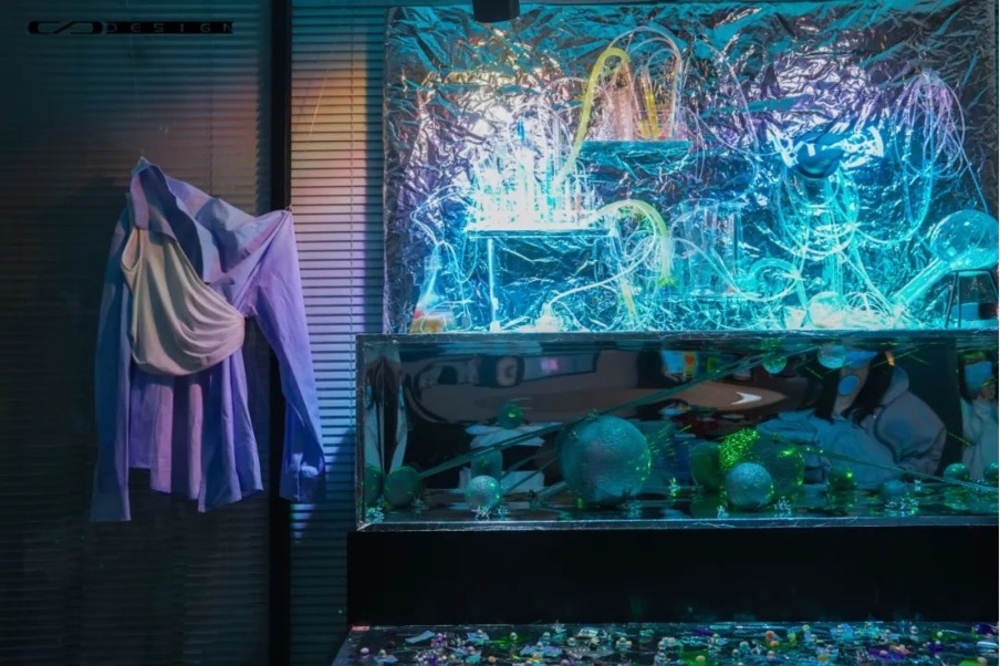
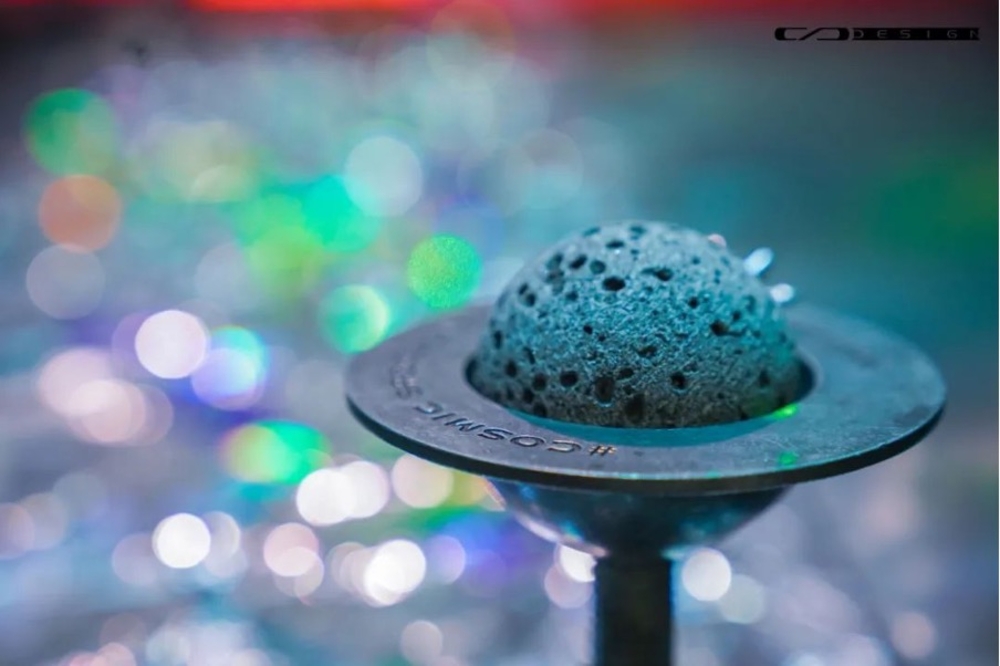
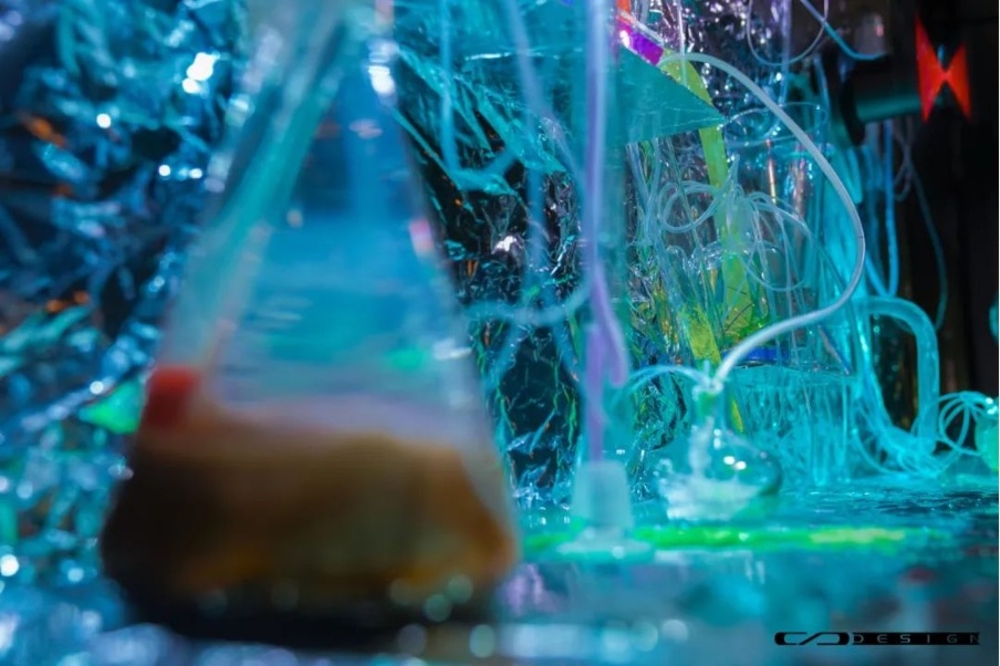
“ELEMENTS”
In an era filled with uncertainty, as we’re caught in the intertwined flow of protecting health and maintaining order, we can’t help but ponder who we are and how we should reconnect with nature. The second theme focuses on the changing demands of life. Other than its literal meaning, the name “ELEMENTS” also implies the notions of origin and primordiality. The hanging green plant wall provides the most direct sensory experience of nature. Natural decorations have been known to offer a sense of comfort and eco-friendliness, while also meeting people’s need for security. In this serenity, design is employed to bring tranquility to the soul.
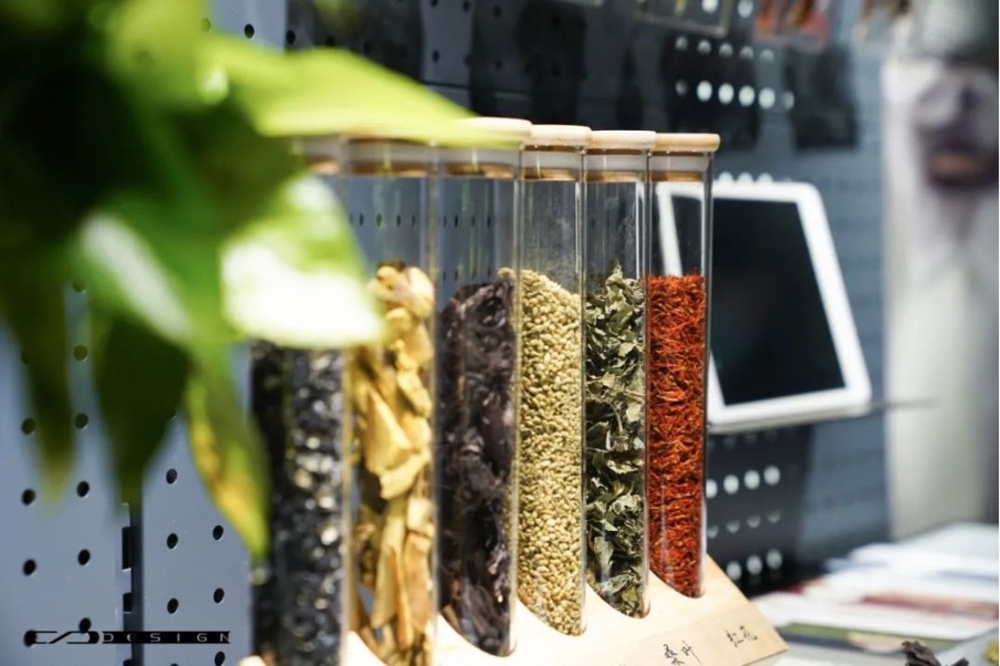
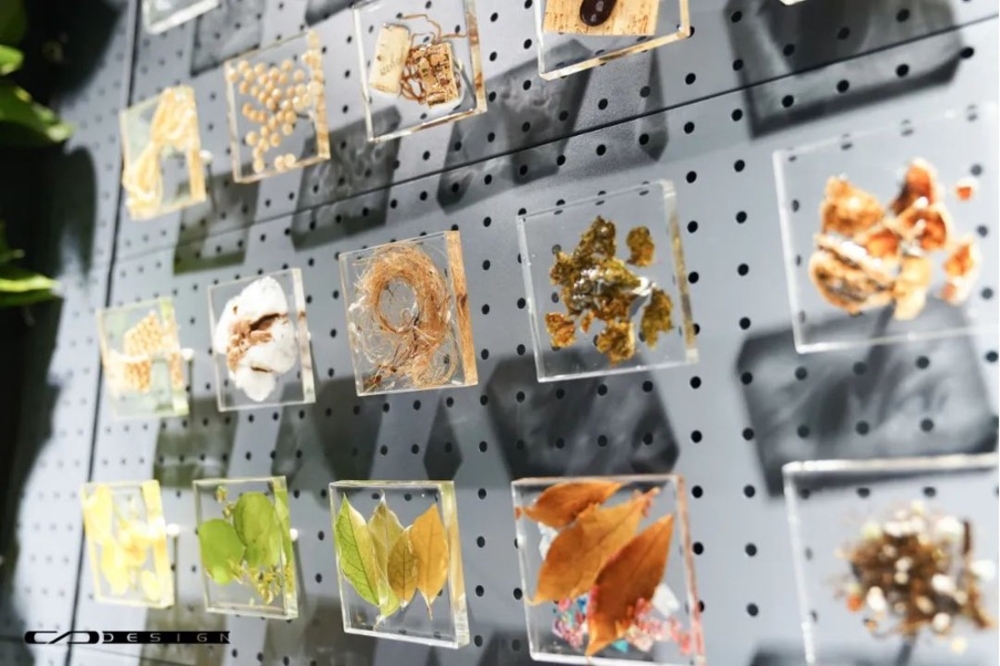

“The Gray Shop”
The convergence of dreams and reality often returns to simplicity. In the previous two themes, we explored the rich sensory and spiritual worlds. The third theme revolves around minimalism. The most fundamental exhibit of the third theme is a massive black sculpture, which is actually a component of a continuous spatial coordinate. It has virtual and physical components made up of the same elements, exuding a sense of harmony regardless of which angle you view it from. This harmony stems from the continuous extension of space. Minimalism originates from the most fundamental physiological and spiritual needs—a pursuit of a relaxing and tranquil life, and a desire for simplicity and purity to balance the psyche. The spiritual essence of minimalism, once belonging only to the purely artistic realm, has now extended out to become an aesthetic style as well as a way of life.
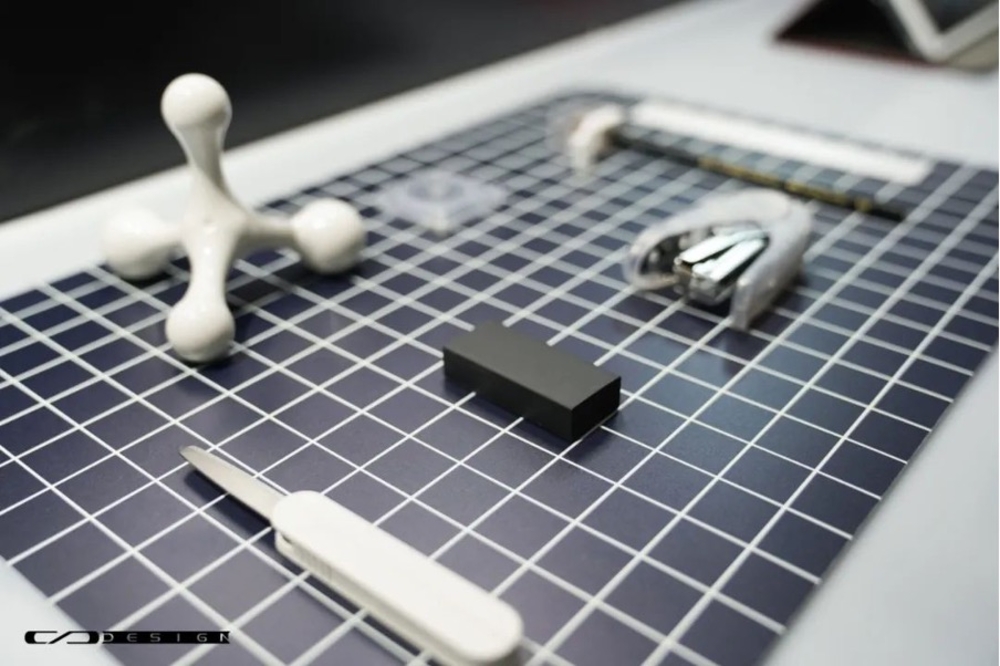
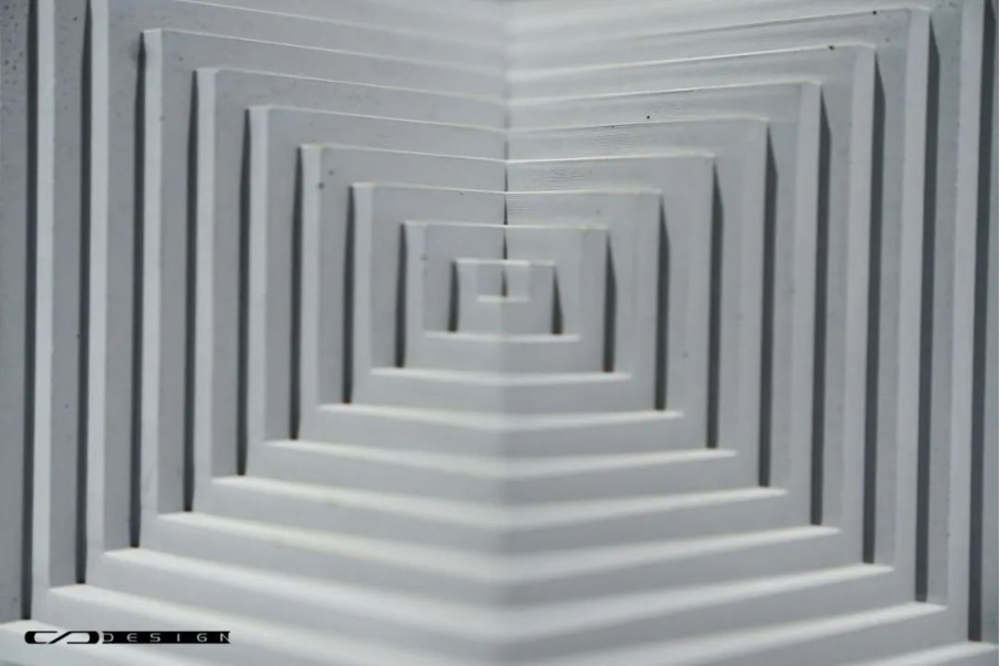
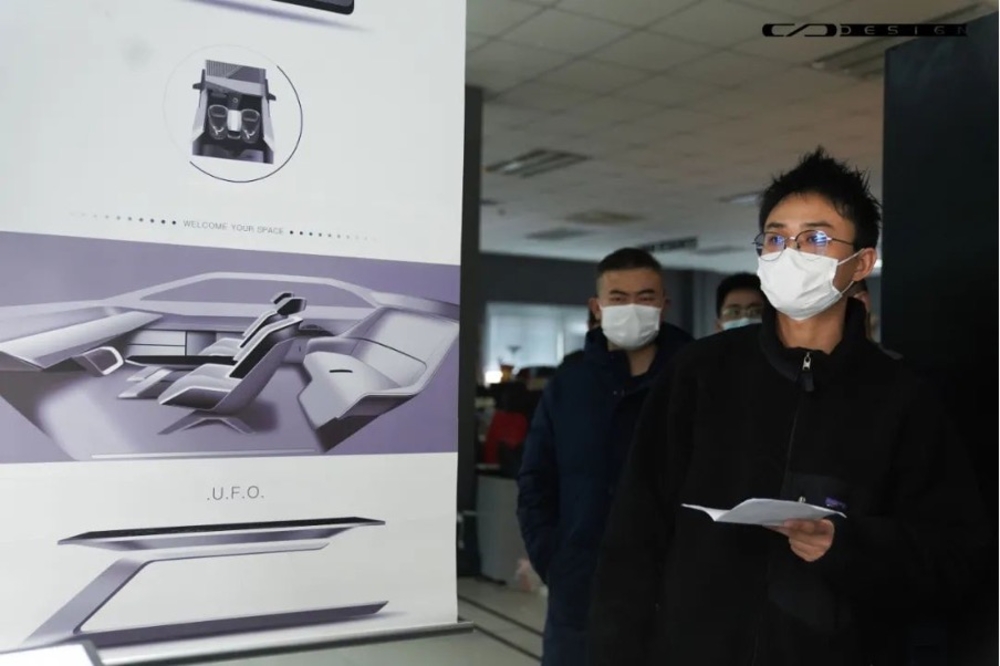
It remains the unwavering pursuit of designers to return to rationality from sentimentality, to illuminate reality with the light of technology, and to help people realize their aesthetic ideals. The collaboration between designers and engineers sparks new innovations driven by rapidly evolving technology. From the latest ambient lighting, logo lights, to the color-changing light control technology, we aspire to infuse emotions into seemingly cold products. These emotions transcend the boundaries of emptiness, offering care and communication to users—truly encapsulating the essence of design – the soul.
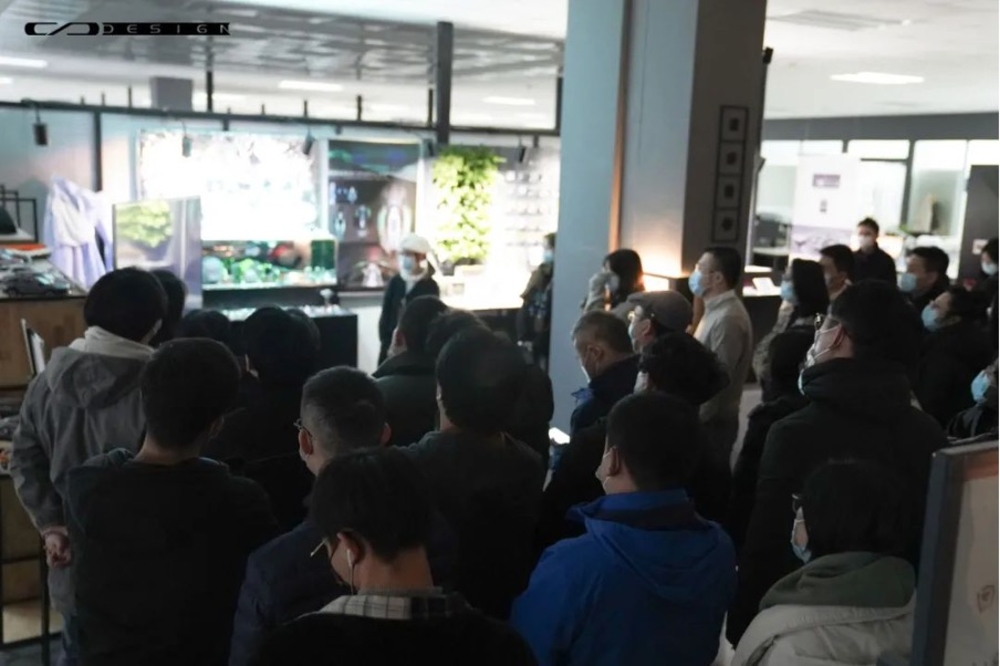
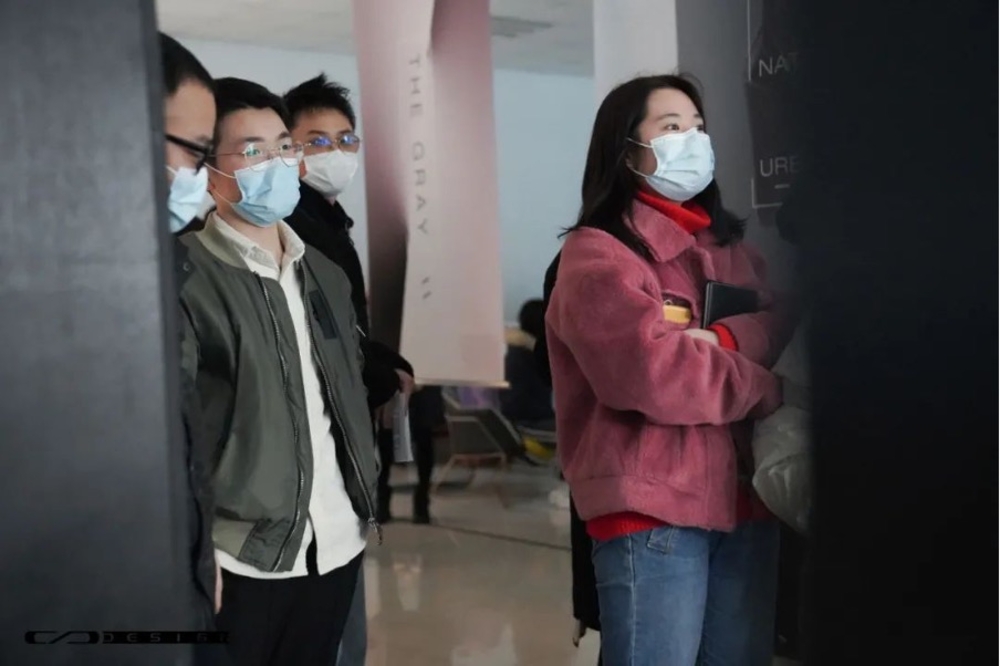

The absence of prototypes gave birth to replicas without prototypes. In a play, the audience constitutes a part of the performance. Likewise, when designers put pen to paper, observers seek freedom within rules. As dull as it is to be confined in rules, actions without restriction cannot be considered as valid. In this complex world, shall we explore new realms of the mind together?
Disclaimer: Except for original content and specific statements, the articles and images published on this website are sourced from the internet and major mainstream media, and the copyrights belong to their respective original authors. If you believe that the content infringes upon your rights, please contact us for removal.